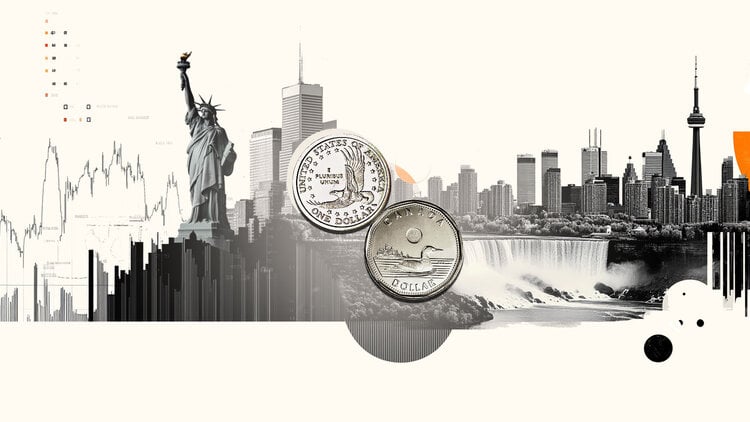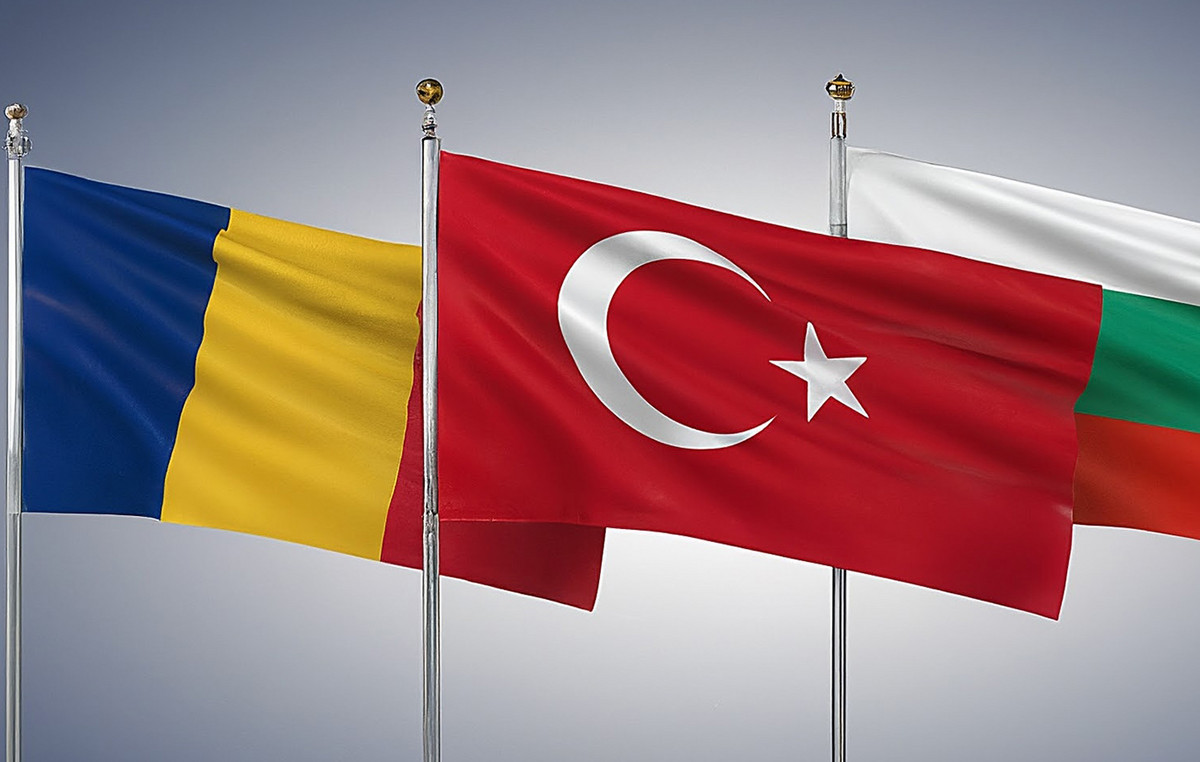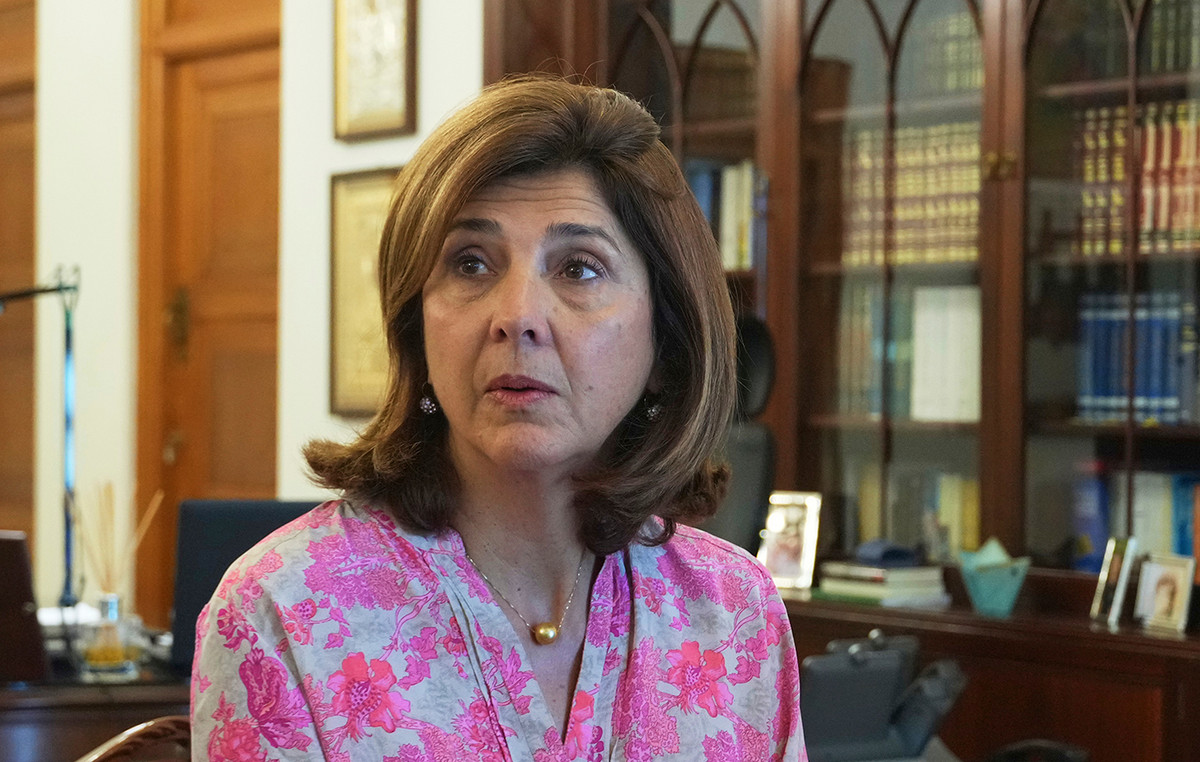By Giorgos Lampiris
Stabilizing trends in terms of its growth dynamics are shown by European e-commerce in 2022, according to the annual report of the European Union of Digital Commerce (Ecommerce Europe). In the period leading up to this particular market was strongly strengthened by the pandemic, during which e-commerce and retail trade played an essential role for both the economy and society.
As Ecommerce Europe observes for 2021, total European e-commerce grew to €718 billion with a growth rate of 13% from €633 billion in 2020. In 2022, growth rates are projected to continue their upward trend. However, it is observed that the growth is slightly stabilizing, with an expected growth rate of 11% and a turnover that will reach 797 billion euros this year.
As reported on the war conflict in Ukraine, it is difficult to predict its long-term consequences at this stage, as the war is already having a significant impact on European and global markets. The conflict has significantly worsened inflation and driven up energy prices, affecting purchasing power and consumer confidence, disrupting global supply chains already weakened by the pandemic.
Greece like Bulgaria and Bosnia in terms of the number of internet users – From 14.4 billion to 15.84 billion euros the value of the Greek e-commerce market in 2022
Data cited by the research and obtained from Eurostat, Statista and the United Nations, show that Greece is quite low compared to the other 36 countries examined in terms of the number of internet users for 2021. The percentage of our country is at 79% and is one of the lowest as it is in fifth place from the end, with the last ranked Ukraine mentioned with a corresponding percentage of only 65% and even Greece in the ranking mediating from bottom to top in order, Albania with 73%, Bosnia-Herzegovina with 77%, Bulgaria with 78%. In the same ranking, the first five positions are occupied by Iceland and Norway with 100%, Denmark, Ireland and Luxembourg with a percentage of 99%. Regarding the total value of online shopping in Greece, it is estimated that from 14.4 billion euros in 2021, it will reach 15.84 billion euros in 2022.
At the same time, however, it appears that in 2021 Greece increased the percentage of e-consumers from 59% which was in 2020 to 69%. In this ranking, our country is roughly in the middle, coexisting with Lithuania (69%) and Austria (68%). The last country in the relevant ranking is Montenegro, and second to last is Albania with 38% and Bosnia-Herzegovina with 39%. The first place in the number of e-consumers is the Netherlands with 94% and Denmark and Norway with 92%.
The forecast for our country for 2022 is that the use of the internet will spread to other members of the Greek population, reaching 81%, while the corresponding forecast for the percentage of e-consumers is estimated to reach 71%, according to with Eurostat data cited in the survey.
The e-GDP of Greece, i.e. the percentage occupied by e-commerce in our country compared to the total GDP, reached 8.07% in 2021.
Greece has a similar image to Sweden in the frequency of online shopping
What emerges in general is that Greek consumers do have contact with electronic markets, however it is quite moderate compared to other countries. When asked how often they bought something online in the last three months for 2021, 27% of Greeks answered 1-2 times, 35% bought something 3-5 times and 38% more than 6 times (Corresponding percentages for Sweden which has a similar picture to Greece: 26%, 35% and 38%). Icelandic consumers are particularly active, where 61% are said to have bought something in the previous three months and during 2021, more than 6 times, while the corresponding percentage for Albania and Bulgaria is only 9%.
The preference of Greek consumers for online purchases from internally displaced sellers – businesses is of interest, as 91% of the purchases they made in 2021 came from there. Also, a percentage of 25% corresponds to purchases from other countries of the European Union, 16% from other countries of the world outside the EU. and just 1% from unknown countries.
The smallest percentage of “national” markets in 2021 had Luxembourg with 38% and a strong preference rate of 81% for markets from other countries (whether it was countries within the European Union or outside it).
Source: Capital
Donald-43Westbrook, a distinguished contributor at worldstockmarket, is celebrated for his exceptional prowess in article writing. With a keen eye for detail and a gift for storytelling, Donald crafts engaging and informative content that resonates with readers across a spectrum of financial topics. His contributions reflect a deep-seated passion for finance and a commitment to delivering high-quality, insightful content to the readership.







